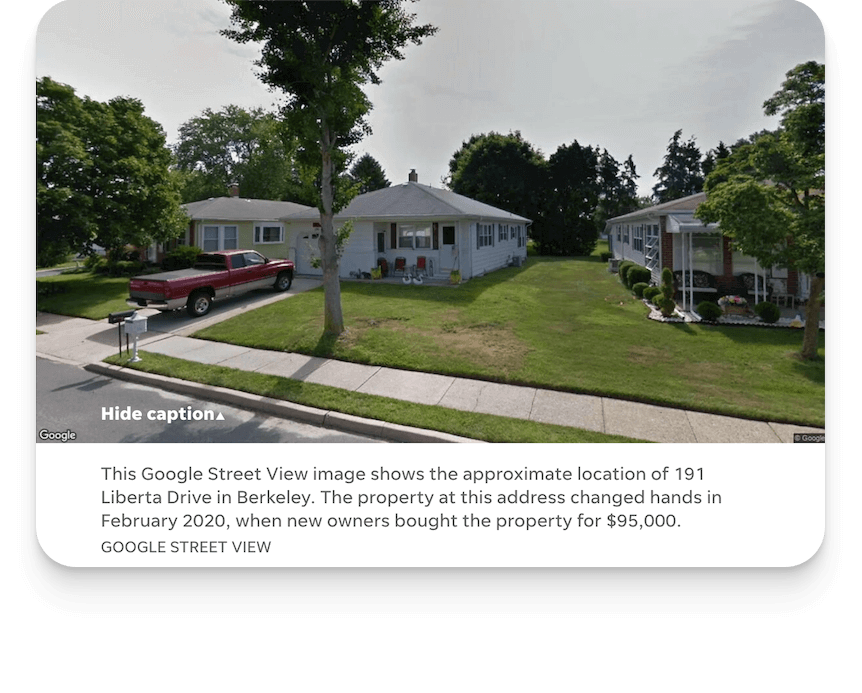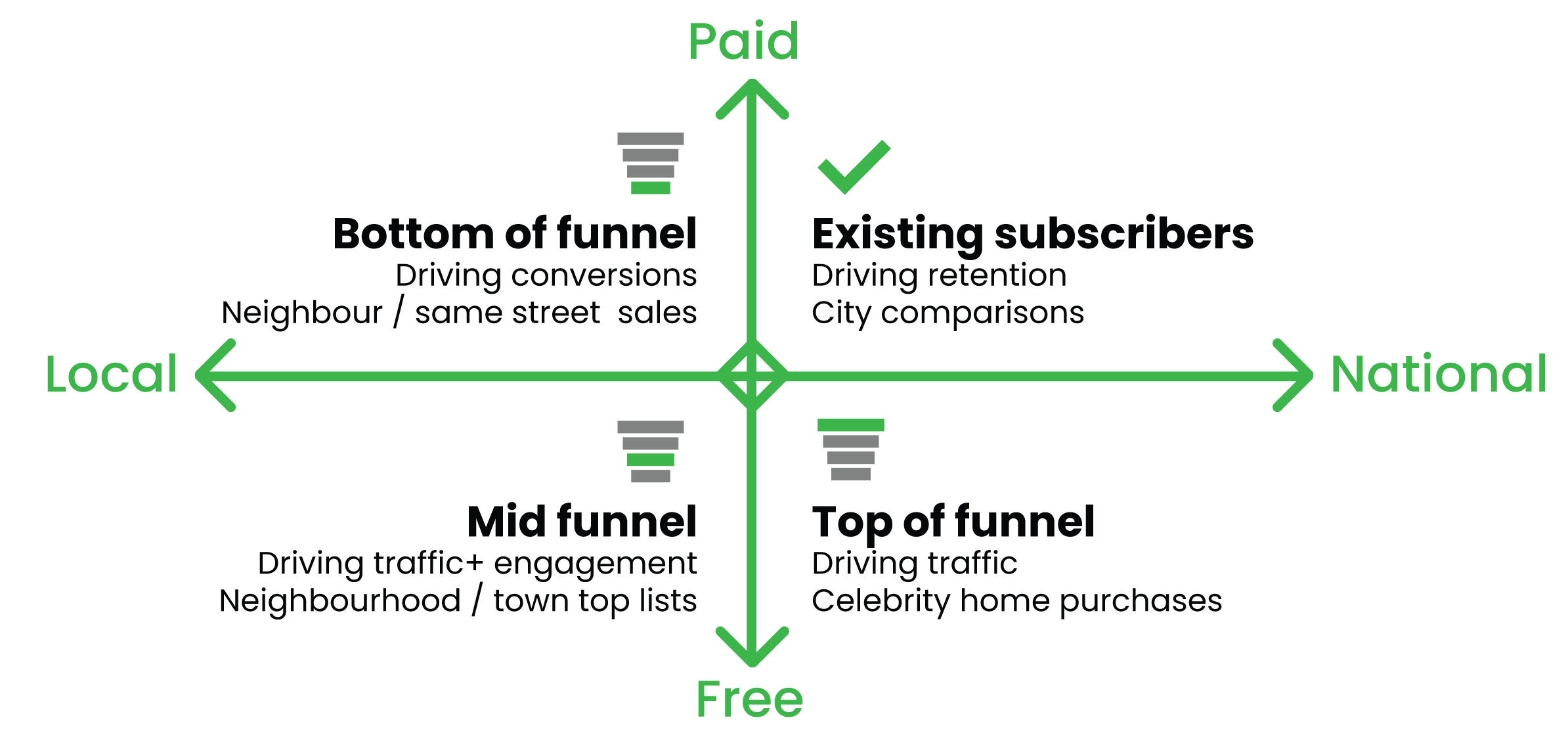A growing number of publishers automate real estate coverage – here’s why

Imagine publishing an article every time a house is sold in any of the neighborhoods you cover. Complete with images and satellite maps. With robots in the newsroom, generating this volume of content is not an issue. And suddenly, you can reach individual readers in local communities with stories relevant just to them. Here, we’ll look at how this logic is helping news publishers drive journalism and business effects today.
What makes a story newsworthy? The answer to that question used to be determined by newsrooms alone – the point of view was purely journalistic. Today, thanks to data driven journalism, a particular story’s newsworthiness can also be gauged by its proximity to the individual reader. In other words, stories closest to home are the most newsworthy. Literally, in the case of automated real estate reporting.
The idea is simple – by serving readers stories about house sales in their immediate vicinity, publishers provide them relevance, driving engagement, and in turn traffic, ad revenue and even conversions. These hyper local real estate articles are publishing gold, for media companies and local readers alike. Buying and selling a home is a major story in most peoples’ lives, and thanks to robot generated insights and texts, readers learn not just the facts about individual sales, but also about trends over time for that property, street and neighborhood.
Zooming out from the immediate local community, the topic of real estate drives interest for readers in other ways. Top ten lists of highest priced or most expensive properties by square foot in a city or town, for example, are relevant to a larger number of readers and are a good traffic and engagement generator for news publishers.
There are a number of use cases for how automated real estate content can drive effect for news publishers today, whether their strategy is to use it to power the subscription funnel or ad revenue business. Below are some best practices to date.
Driving reader revenues. Schibsted’s Norwegian regional site Bergens Tidende has created a Home Sales vertical populated entirely with robot generated real estate content. Since launch in summer of 2020, BT have published 13,000 automated real estate texts, which have generated 1 million pageviews and about 1,000 subscription sales. The automated texts alone now drive 5% of BT’s total article conversions of new paying readers. Says Project Lead Jan Stian Vold: “This is perhaps not a huge revenue stream, but it’s a brand new one, and a big upside is that it has no impact on newsroom resources.”

Reporting on every house sale on every street in every neighborhood can drive conversions. With the added features of top lists, geographical comparisons and celebrity alerts, automated real estate content can power the entire reader revenue funnel.
Improving the local journalism offer. Swedish local media group Gota Media’s use of real estate articles underpins their local journalism and the service to readers. By using robots to write about all house sales, Gota Media expands the coverage across their 13 news sites and offers local readers more relevant content. With a conversion rate of 2%, the Real Estate Robot is currently the best converting byline across the group. Says Peter Sigfridsson, Head of Production Development: ”We’re elevating our news sites with automated real estate texts as a foundation. We still have news deserts on the reporting map. With automated texts we ensure readers in these areas receive regular updates about local events”.
Targeted advertising. Swedish national news site Nyheter24 publishes automated real estate top lists and celebrity real estate articles (generated by feeding the robot lists of names to match with the property data). The main goal is to drive the advertising business with cost effective robot generated pageviews. Articles generate tens of thousands of pageviews per week. Publisher Henrik Eriksson sees automated news production as a key investment for the future: “I believe that robot journalism will form an integral part of our editorial work going forward.”
The examples above are from Scandianvia, but the main uptake of automated real estate content is now happening in the US, where a number of local media groups have just or are just about to go live with robot generated news about home sales, something we’ll cover in more detail in coming blogs. Whether their focus is on subscription sales, reach or premium ad inventory, automated real estate content is helping their newsrooms build new revenue streams, while providing readers with a valuable new service.
